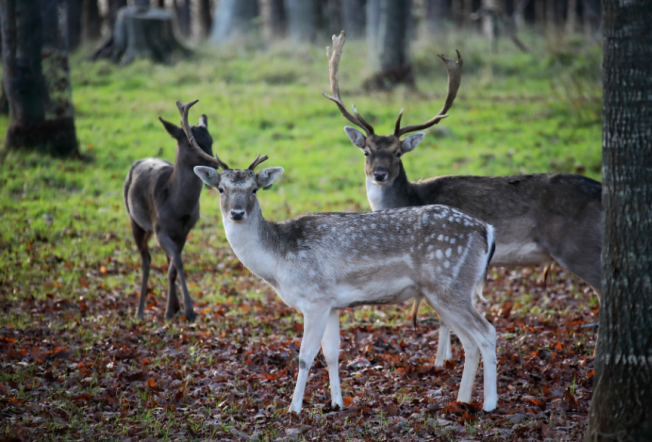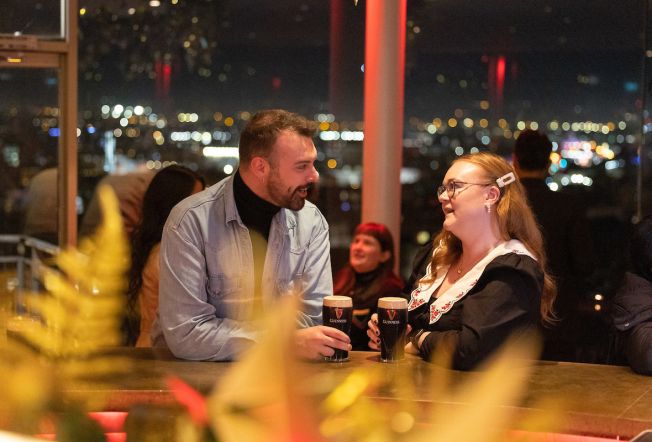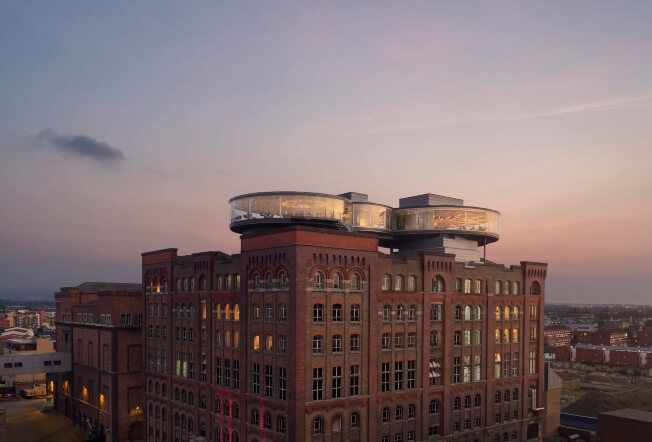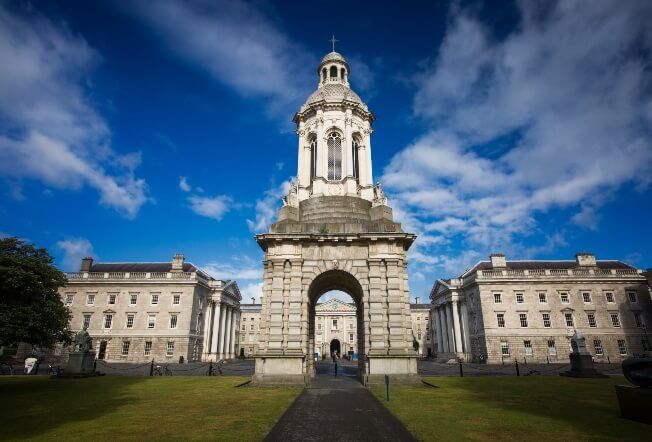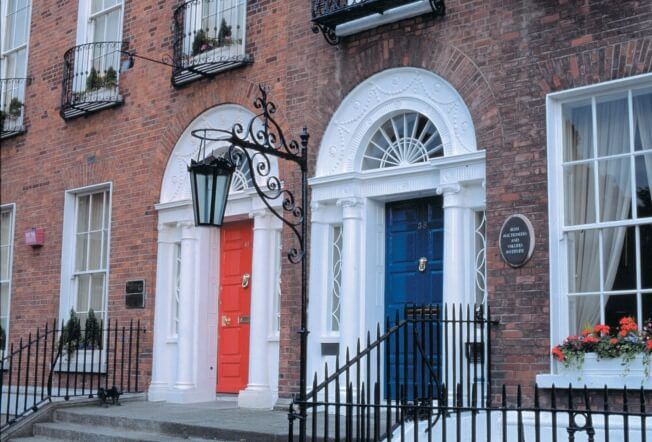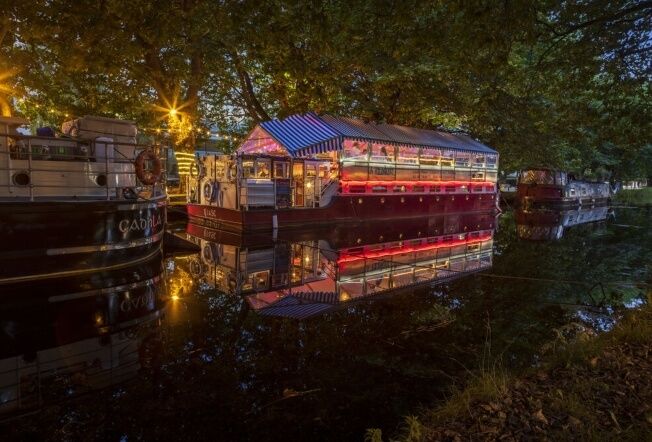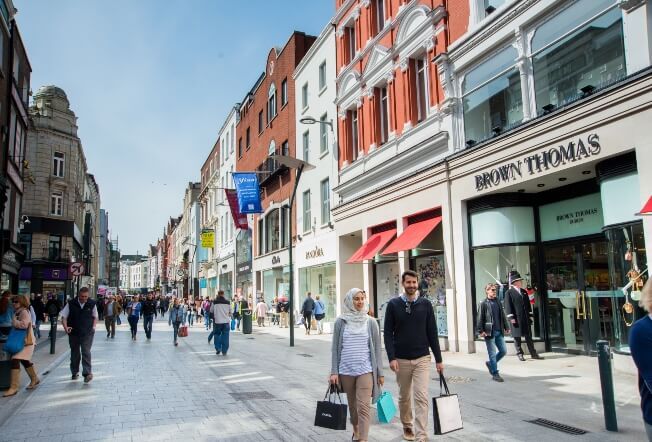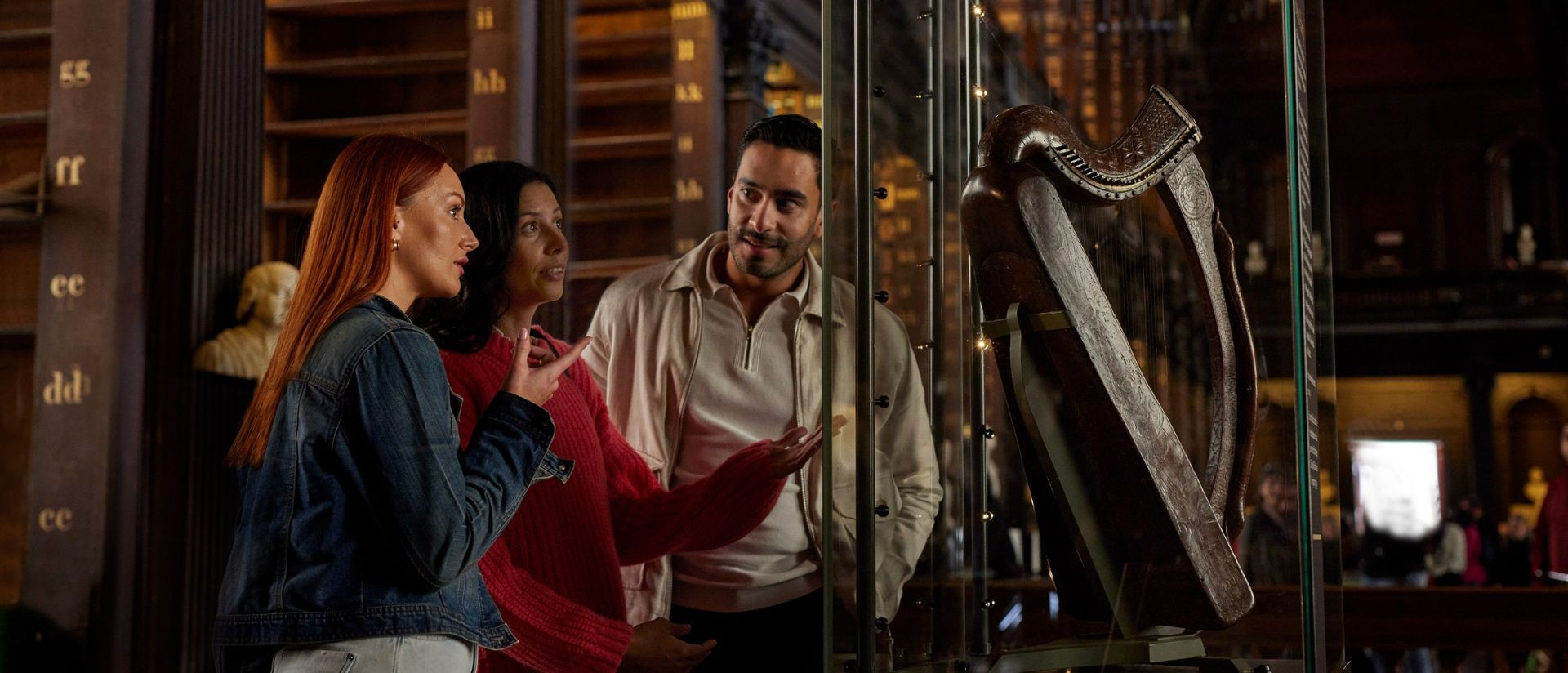
Dynamic, vibrant, rich Dublin City
Dublin needs no introduction. A dynamic, vibrant city with a rich cultural and literary scene, its origins date back to the 841AD century when Vikings spotted the strategic potential of Dublin Bay, forming a trading post here that took its name, Dubh Linn – Black Pool – from the union of two rivers – the Poddle and the Liffey – which mingled underground to create a deep tidal pool.
The world's most captivating city is yours to discover during your stay at Dylan Hotel.
Guinness Storehouse
No trip to Dublin is complete without a visit to the home of the Black Stuff. Located in the heart of the St James’s Gate Brewery, the former Guinness fermentation plant has been remodelled into the shape of a giant pint of Guinness. Learn everything there is to know about Guinness from barley seed to glass.
MoLI
Located at 86 St. Stephens Green in the historic UCD Newman House, where James Joyce once studied MoLI – The Museum of Literature Ireland – is an interactive celebration of Irish poets, playwrights and novelists. Designed to entertain newcomers to Irish literature as well as experts, visitors can also enjoy tours of the beautiful house.
Jameson Distillery
Founded by John Jameson in 1780, the original Jameson whiskey distillery was recently voted the world’s leading distillery tours. The building is no longer a working distillery but has been thoughtfully restored to reveal the seven stages of whiskey making to visitors.
Kilmainham Gaol
Before its closure in 1924, Dublin's Kilmainham Gaol housed some of the most famous political and military leaders in Irish history. Kilmainham Gaol is steeped in history from the famine to rebellion in 1916. Pre-booking is essential at this top Dublin attraction.
14 Henrietta Street
Capturing over 300 years of family and city life within the walls of one address, 14 Henrietta Street shares its journey from grand Georgian townhouse to one wealthy family to tenement slum housing over 100 people under its roof. Explore the house, hear its stories and discover the layers of Dublin history within its walls.
Teelings
The first new distillery in Dublin in over 125 years, the Teeling Whiskey Company’s brand new distillery and visitor centre is in the historic Liberties in Dublin 8. Producing up to 500,000 litres of spirit each year, the whiskey tasting tour is fun for Irish whiskey fans.
Little Museum of Dublin
Eclectic and family-friendly The Little Museum of Dublin on St Stephen’s Green tells the fascinating story of Dublin through unusual artefacts, memorabilia and quirky treasures. Intimate and engaging, the hourly guided tour has been voted best tour in Dublin.
IMMA
The Irish Museum of Modern Art, housed in the city’s former 17th century Royal Hospital, is home to Ireland’s leading collection of contemporary art. Beautiful grounds are also a major highlight,
Chester Beatty Library
Located within Dublin Castle, the Library holds an international collection of manuscripts, miniature paintings, prints, rare books, drawings and decorative arts, all collected by Sir Alfred Chester Beatty, an American-British mining magnate and philanthropist who was made an honorary citizen of Ireland in 1957.
Trinity College Dublin Library
Dating back to 1592, Trinity College Library is not only historic but is also the largest library in Ireland. Set on the university campus in Dublin city centre, the library and its astonishing Long Room, is home to 5 million printed volumes as well as the Book of Kells, a mediaeval manuscript created by monks over 1,000 years ago and one of Ireland's greatest cultural treasures.
Dublin Castle
A historic and symbolic hub, Dublin Castle houses the impressive State Apartments, the Chapel Royal, a 13th century Tower and some of its medieval structures as well as beautiful enclosed gardens. It is also home to the Chester Beatty Library.
Oscar Wilde in Merrion Square
One of Ireland’s most famous writers, Oscar Wilde was born on nearby Westland Row and a statue to his memory sits one corner of Merrion Square, one of the finest examples of a Georgian park in Dublin.
James Joyce
Irish novelist and poet, Ulysses is his most famous work set in the streets and alleys of Dublin and there are plaques throughout the city celebrating his work. 16th of June, Bloomsday celebrates the life and work of James Joyce all over the world. The Martello Tower in Sandycove – the setting of the opening chapter of Ulysses – is now a museum dedicated to his memory.
Phoenix Park
The largest enclosed city park in Europe, The Phoenix Park offers up 1,750 acres to explore all year round, The Park is home to the official residence of the President of Ireland, Áras an Uachtaráin (the "Irish White House" open on Saturdays), Farmleigh House (open for tours daily), the US Ambassador's residence, Dublin Zoo (est. 1831) and the Victorian People's Flower Gardens. A beautiful place to go running, cycling or have a picnic.
The Hugh Lane Gallery
Housing one of Ireland's best collections of modern and contemporary Irish and international art, it is thought to be among the first galleries of modern art in the world. Established in 1908, Hugh Lane became the home of artist Francis Bacon’s perfectly preserved studio in 1998.
NO 29
Number Twenty Nine is Dublin's Georgian House Museum. Take a guided tour from the basement to the attic, through rooms which have been furnished with original artefacts as they would have been in the years 1790 to 1820.
National Museum of Ireland - Natural History
Affectionately referred to by locals as Dublin’s Dead Zoo, The Natural History Museum on Merrion Street has just reopened after a significant refurbishment. Explore galleries of animals from Ireland, including their iconic Giant Irish Deer, and thousands of animal and insect species.
